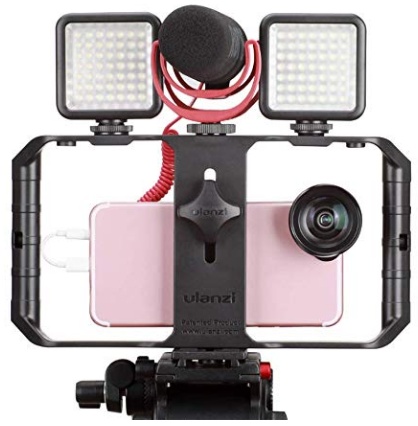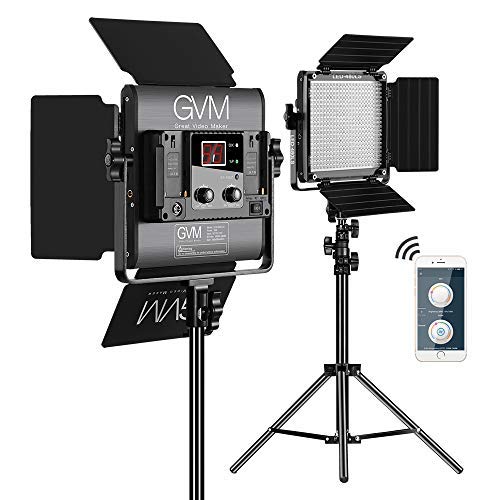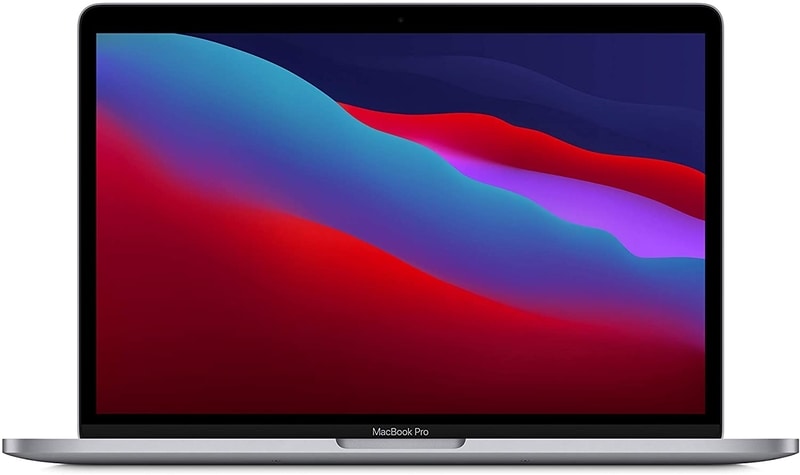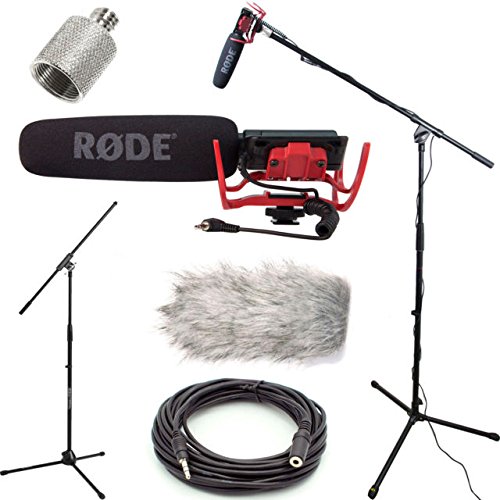Video Production Equipment
Perspective After 4 Years Of Filming
Wondering what video production equipment to buy? Dan Banici takes a look back at his gear buying choices from the past four years and how they stood up to the reality and rigors of every day shooting.
Guest Post By: Dan Banici
Published: December 29, 2015
Just like perhaps many others, after getting bit by the film bug, I started by buying books, taking courses, acquiring equipment, and building the fanciest rig I could afford around a DSLR.
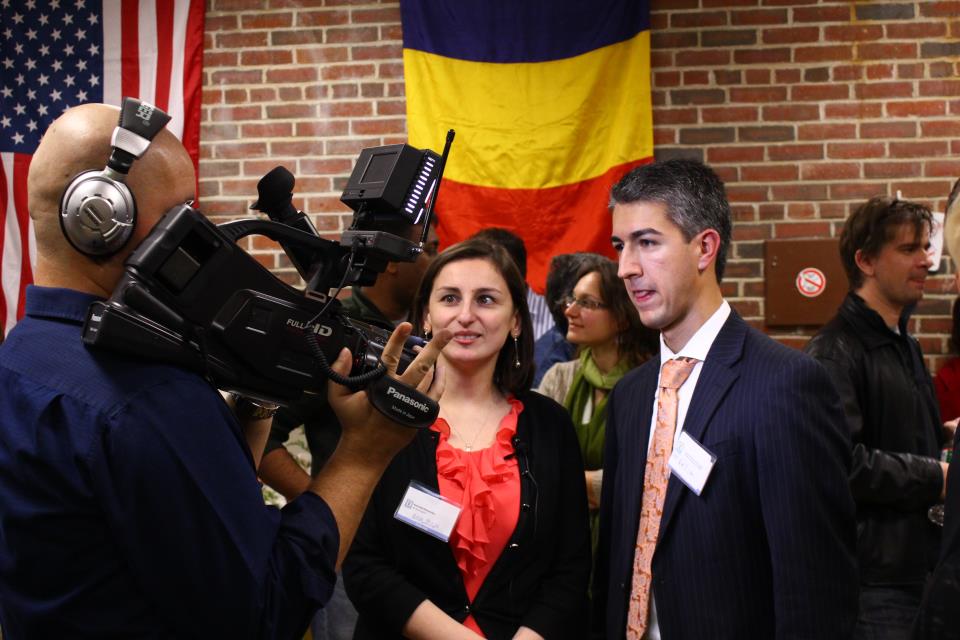
My Video Production Equipment Gear List (and Lessons Learned)
I started with a Canon Rebel T3i.
At certain points during the learning process, some things appear to be more important than others. Some things you have to learn, others you have to buy.
Most important elements:
- perfect image
- perfect sound
- perfect motion (perhaps this should go first on the list)
- portability
Industrial size equipment requires time to set up and dismantle, even if you have a pickup truck to carry it around.
I only use the large crane for well paid TV spots or to lend it out to film crews for their production.
Assuming you have the perfect camera (large sensor, good battery life, superb lens) your footage will still look amateurish if not properly stabilized. That doesn't mean standing still, as good camera and subject motion is key to quality end product. Even with an expensive set of legs, perfectly smooth motion can only be achieved if you are behind the camera, manning the said fluid head tripod or monopod.
The MAIN problem that most of us run into, is we have to work alone most of the time. So how do we work alone, achieve steady (professional, cinematic) motion and carry a small package?
Here is one major step forward I made in achieving great motion while working alone:
I use an eMotimo TB3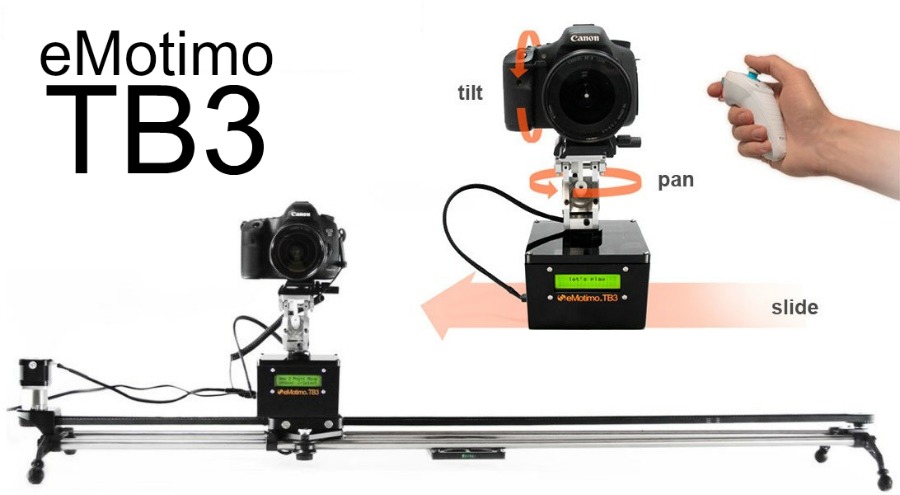
Camera Robot with Time Lapse
My TB3 (three axis motion robot) allowed me to go out in the field alone, and just like we do on a movie set, we block (set where the move starts, where it ends) then set up the unit to do that motion in the time it takes me to walk it, and it gave me moving shots that you would swear were done by the most experienced cameraman.
This method of obtaining fluid motion while working alone came to me after having fumbled with both Soloshot and Soloshot2
I don't use the latest or fanciest of cameras, I currently carry an A6000
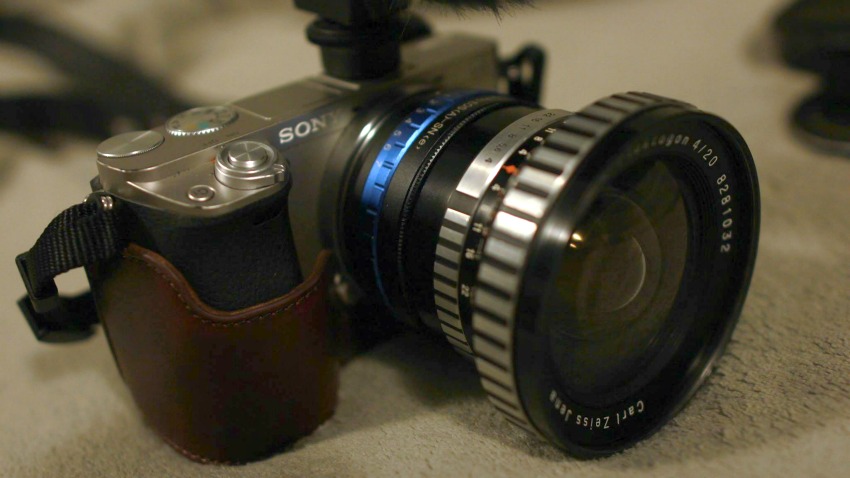
I also keep four Canon Vixia HF M40
When I anticipate battery life is the major success factor in capturing the right shots, I bring a Panasonic AG-AC8
The A6000
Narration is done at the computer with a $100 MXL microphone
In the field I use an MXL wireless lapel mic
Final Thoughts
Whatever you do, remember that only "Cops" type shows look good with a Walmart camcorder and an unskilled operator.
Your creation would benefit greatly if your motion is perfect. If you get one thing right, to raise the quality of your production, make sure it is perfect motion.
About The Author
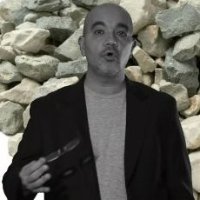
Dan Banici is a freelance video producer and filmmaker based in Hartford, Connecticut (USA) working primarily on TV commercials for corporate clients. He is a seasoned marketing professional and considers himself an avid student of film, always learning and looking for ways to improve his craft. He is the owner/founder of Hartford Film Academy LLC.
Other Articles You May Enjoy
- Cinematic Documentary Gear Package for $1,000
- Zoom H5 vs H4n: Digital Audio Recorders Compared
- Best Documentary Video Camera for (under) $2,500
Ready To Make Your Dream Documentary?
Sign up for our exclusive 7-day crash course and learn step-by-step how to make a documentary from idea to completed movie!








